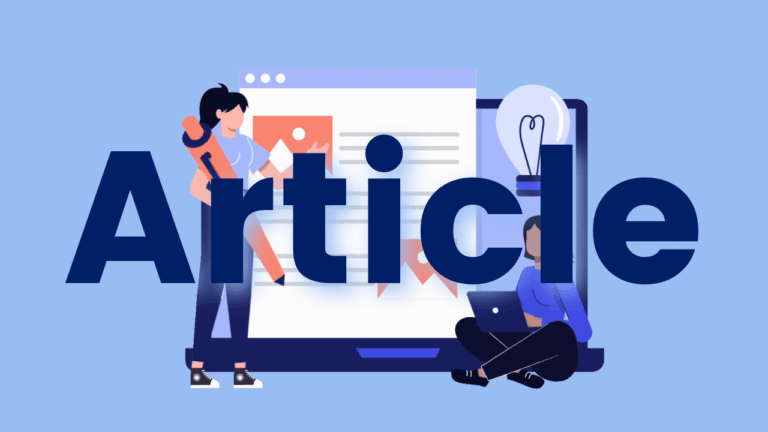Coaching for Systems and Teacher Change
This book is “a comprehensive guide to what effective coaching looks like across the pre-K to 12 grade span and how to conduct powerful coaching cycles with teachers and teams”. It is research-driven, full of citations to support the coaching model (using alliance strategies, observing, modeling, providing performance feedback) and recommended practices. The section on…






